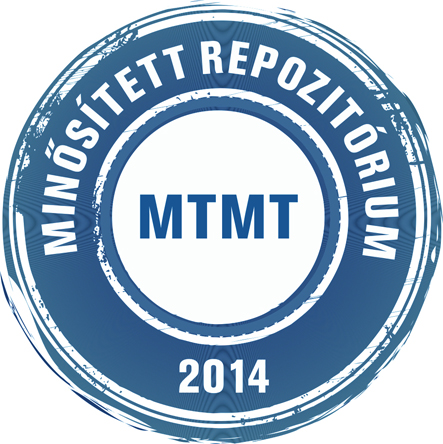Hlásny, Tomáš és Modlinger, Roman és Gohli, Jostein és Seidl, Rupert és Krokene, Paal és Bernardinelli, Iris és Blaser, Simon és Brazaitis, Gediminas és Brazaitytė, Gailenė és Brockerhoff, Eckehard G. és Csóka, György és Dobor, Laura és de Groot, Maarten és Duduman, Mihai‐Leonard és Faccoli, Massimo és Georgieva, Margarita és Georgiev, Georgi és Grodzki, Wojciech és Hartmann, Henrik és Csókáné Hirka, Anikó és Hoch, Gernot és Jabłoński, Tomasz és Jactel, Hervé és Jonsell, Mats és Kolšek, Marija és Melin, Markus és Milanović, Slobodan és Nețoiu, Constantin és Nieberg, Mats és Økland, Bjørn (2025) Divergent Trends in Insect Disturbance Across Europe's Temperate and Boreal Forests. GLOBAL CHANGE BIOLOGY, 31 (11). ISSN 1354-1013
|
Szöveg
GlobalChangeBiology-2025-Hlasny-DivergentTrendsinInsectDisturbanceAcrossEuropesTemperateandBorealForests.pdf Download (2MB) |
Absztrakt (kivonat)
Ongoing shifts in climate and land use have altered interactions between trees and insect herbivores, changing biotic disturbance regimes. However, as these changes are complex and vary across host species, insect taxa, and feeding guilds, they remain poorly understood. We compiled annual records of forest insect disturbance from 15 countries in temperate and boreal Europe, spanning the period from 2000 to 2022. The dataset comprises 1361 time series characterizing the dynamics of 50 herbivorous insects. We used this dataset to test whether insect disturbance has systematically changed during the 23‐year period across host trees and feeding guilds, whether it varies along latitudinal and climatic gradients, and whether synchrony exists among species in the same guild or among species sharing the same host. Since 2000, borer disturbance was predominantly concentrated on gymnosperms, while defoliators impacted gymnosperms and angiosperms more evenly. While 85.8% of gymnosperm disturbance was inflicted by a single species, Ips typographus , the majority of disturbances to angiosperms were caused by six different species. Borer impact on gymnosperms has increased in the 21st century, while defoliator impact has decreased across both clades. In contrast to diverging temporal trends, disturbance was consistently greater in warmer and drier conditions across feeding guilds and host types. We identified significant synchrony in insect disturbance within host types and feeding guilds but not between these groups, suggesting shared drivers within guilds and host types. Increasing insect disturbance to gymnosperms may catalyze adaptive transformations in Europe's forests, promoting a shift from historical conifer‐dominated management to broadleaved trees, which are less affected by insect herbivores. Our findings reveal a diversity of trends in insect herbivory, underscoring the need to strengthen monitoring and research in order to better understand underlying mechanisms and identify emerging threats that may not be apparent in currently available data.
Tudományterület / tudományág
agrártudományok > erdészeti és vadgazdálkodási tudományok
Kar
Nem releváns
Intézmény
Soproni Egyetem
| Mű tipusa: | Cikk |
|---|---|
| SWORD Depositor: | Teszt Sword |
| Felhasználó: | Csaba Horváth |
| A mű MTMT azonosítója: | MTMT:36421903 |
| Dátum: | 07 Nov 2025 13:01 |
| Utolsó módosítás: | 07 Nov 2025 13:01 |
| URI: | http://publicatio.uni-sopron.hu/id/eprint/3778 |
Actions (login required)
 |
Tétel nézet |


 Repozitóriumi letöltési statisztika
Repozitóriumi letöltési statisztika Repozitóriumi letöltési statisztika
Repozitóriumi letöltési statisztika
